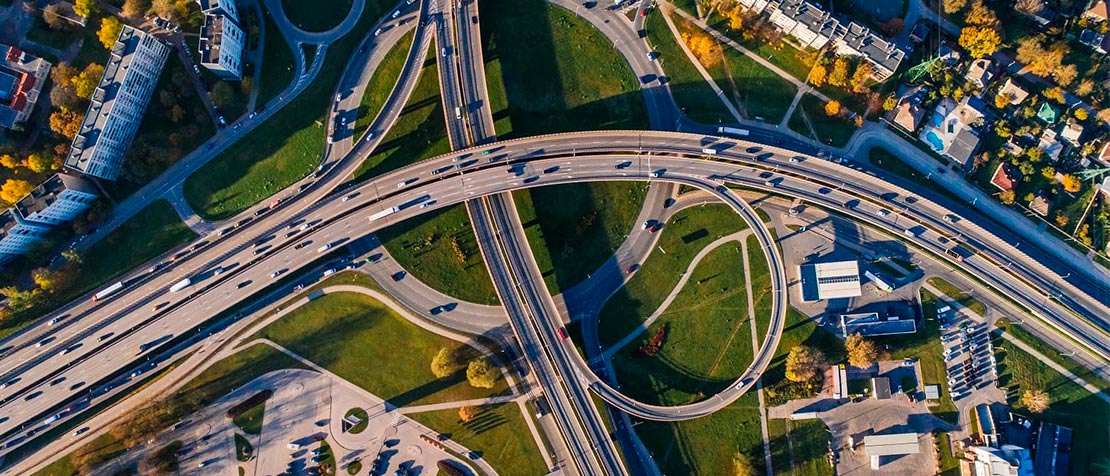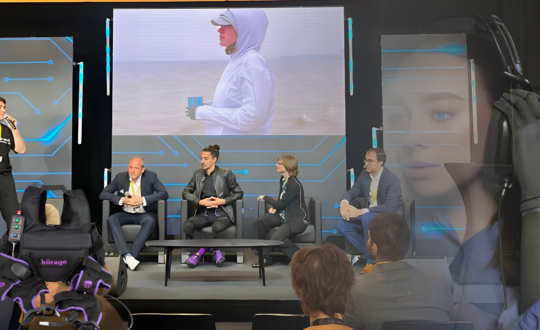Last week’s Symposium on the Future Networked Car 2021 proved much is happening in the connected car space.
Substantive regulatory progress has been made since last year, despite the global COVID-19 pandemic that paralyzed supply chains in some industries around the world and shifted the mobility landscape considerably.
Still, progress towards fully autonomous driving has been slow. Five levels have been established within the industry for assisted, automated and autonomous driving. Fully autonomous driving is represented by only Level 5.

Here are my top three takeaways from last week’s event:
1. Regulatory efforts are advancing in preparation for Autonomous Driving Systems (ADS)
The past year has seen considerable progress at the global, regional and national levels. The shared nature of most transport infrastructure and automotive supply chains means that common standards and interoperability in the manufacture and communication capabilities of different types of vehicles will be vital.
At the global level, two new regulations were introduced recently from United Nations’ Economic Commission for Europe (UNECE) on Cybersecurity (UN Regulation 155) and Software Updates (UN Regulation 156). A new UN Regulation 157 on Automated Lane Keeping Systems for highly automated driving up to 60 kph on motorways was recently approved.
Regulatory preparedness is mostly being developed at the regional level, with vehicle type approval, product liability and general product safety, and roadworthiness tests developed by the European Union and also in the Asia-Pacific region.
At the national level, developments include liability, traffic rules, regulatory mandates, trials, and infrastructure. For example, Finland has authorized Level 5 driving, and Germany has already authorized the use of automated vehicles on its motorways.
2. Fully Autonomous Driving Systems (ADS) are still a long way off
Currently, mainly only Level 2 vehicles are available on the market (other than autonomous shuttles and an autonomous taxi service operating in Phoenix, Arizona, the United States since October 2020). However, Honda recently announced its first Level 3 driving system, due to be launched later this year.
The car industry, highways agencies and transport regulators are working together to overcome the significant challenges introduced by autonomous driving. Chief among these are safety considerations – and what constitutes ‘acceptable risk’ for car occupants, as well as the broader public.
Data challenges also persist, from the capture and preservation of data to its interpretation and protection. Improving the physical environment with markers to make a more intelligent environment for automated, let alone autonomous, vehicles is another challenge, as well as collaboration that would enable intelligent vehicles to function across borders.
Other major challenges include the introduction of self-learning artificial intelligence (AI) systems in automated driving systems, as well as cybersecurity considerations – how to prevent unauthorized or illegal intrusions into connected cars or their networks.
3. The communication and data demands of ADS will be enormous
The changes driven by the advent of ADS are many and large. Even cars already on the road today are said to be running over 150 million lines of code. Many participants emphasized the changes needed in physical infrastructure, such as 5G masts and improved road markings, as well as the information needs and data demands, for mapping and object identification, for instance.
5G will be instrumental in improving automated driving and its communication needs like smart parking, but also V2V (vehicle-to-vehicle) and V2I (vehicle-to-infrastructure) communications. A host of innovations and improvements are needed throughout the vehicle ecosystem to help create an optimal real-world environment for automated driving systems. ITU is working with all stakeholders to help realize these innovations in the interests of smarter and safer mobility.
Missed the 2021 Future Networked Car Symposium? View the recording of the virtual event here.













